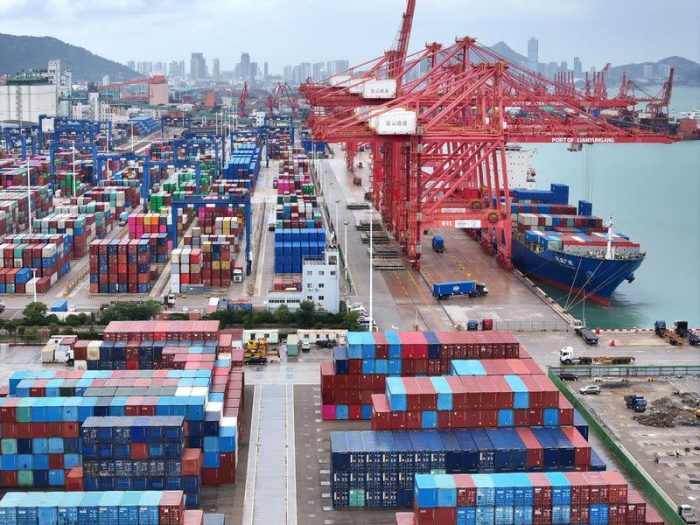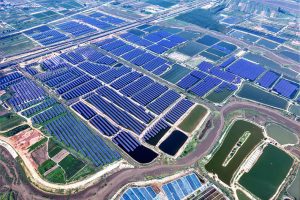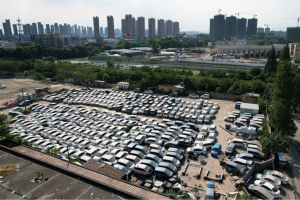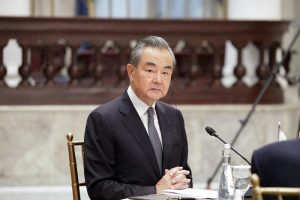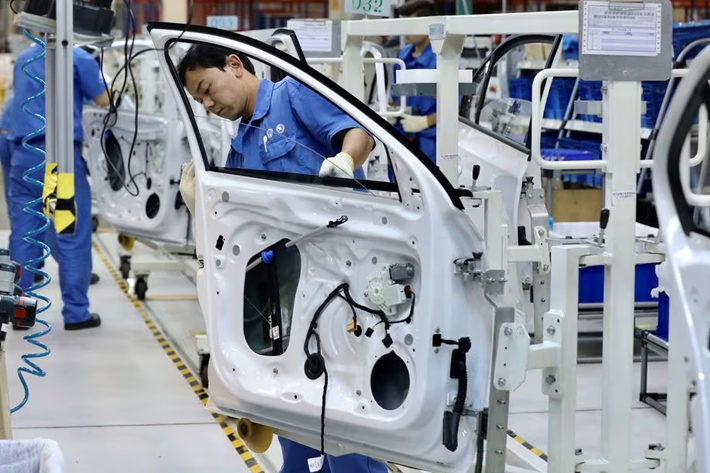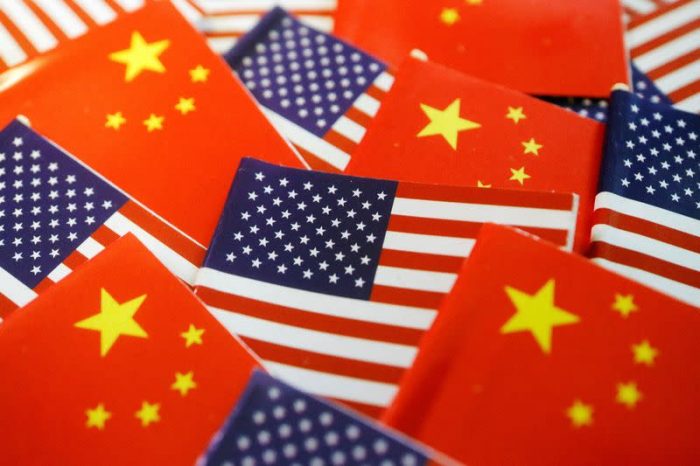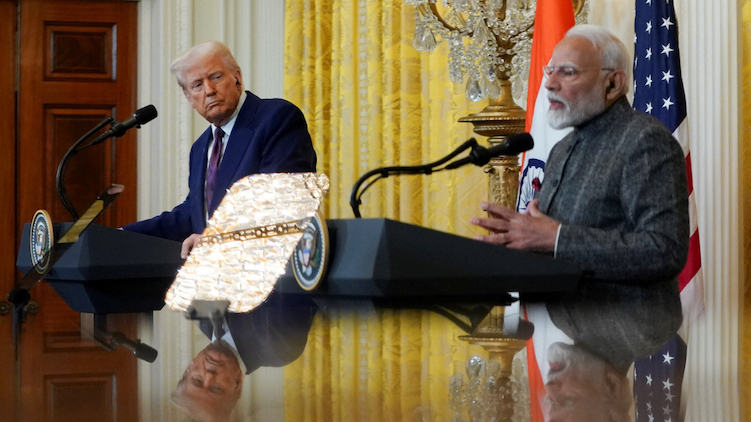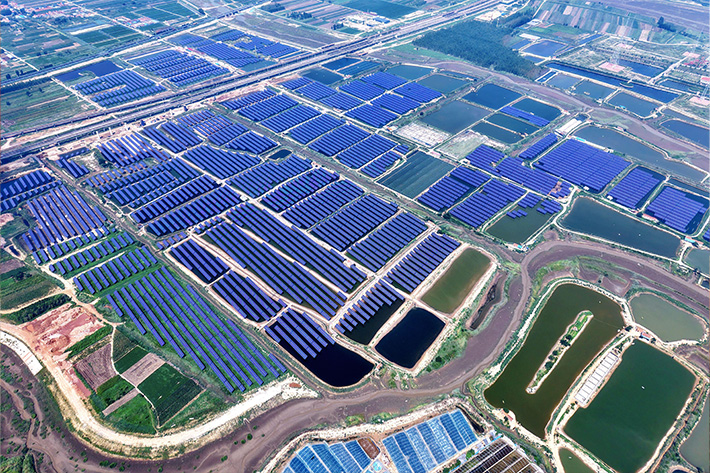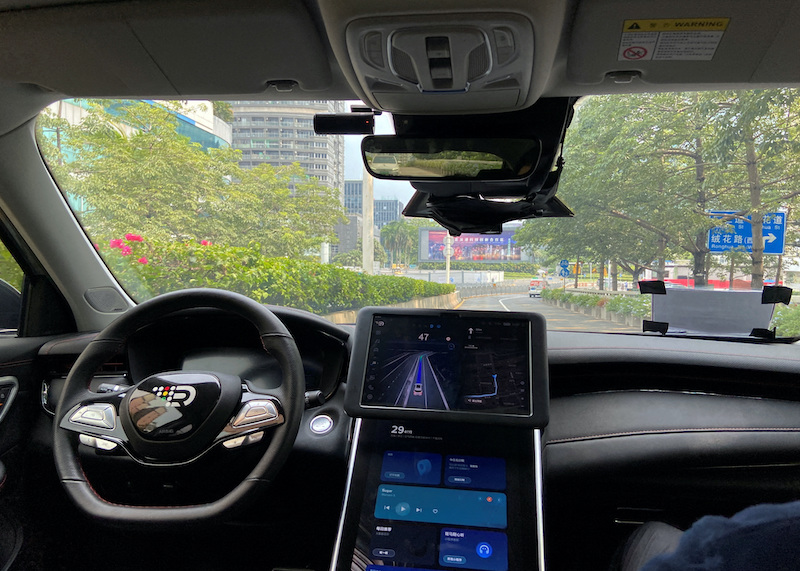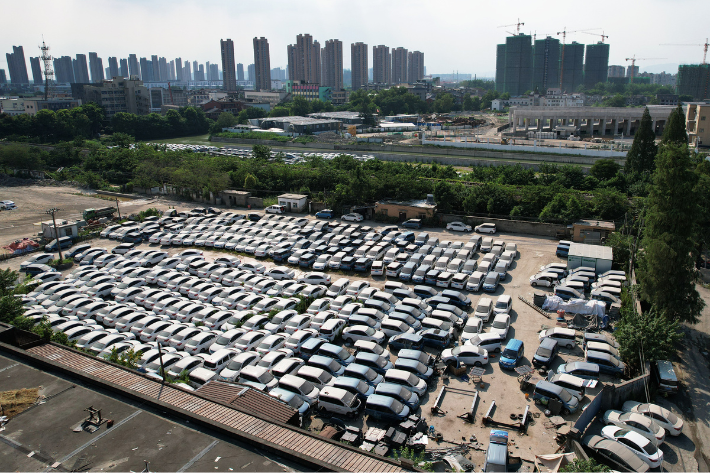Factory activity in China fell for a seventh month in October to a six-month low, according to details released on Friday from the latest survey by the National Bureau of Statistics.
Officials said new export orders dropped after months of front-loading to beat tariffs threatened by US President Donald Trump, prior to the trade deal announced by both countries yesterday (October 30).
The official purchasing managers’ index (PMI) fell to 49.0 in October from 49.8 in September, a six-month low, the National Bureau of Statistics’ survey showed. Data below the 50-mark separates growth from contraction.
ALSO SEE: Samsung, Nvidia Discussing HBM4, Next Level of Memory Chips
Policymakers had banked on producers rushing goods to the US – the world’s number 1 consumer economy – ahead of the potential triple-digit levies on Chinese goods over the first three quarters of 2025 to help offset weak domestic demand.
But analysts had warned that the strategy was unsustainable, effectively borrowing growth from the future to make the world’s second-largest economy appear stable.
‘No other markets to absorb goods US once bought’
Factory owners stepped up efforts to reach new customers in Europe, Latin America, the Middle East and Africa, but are increasingly selling at a loss with no other markets to absorb anywhere near the $400 billion of goods the US once purchased.
“Given that we are actually seeking a bit more stimulus in the fourth quarter – investment driven by policy financing tools and new government bonds – I am a bit surprised by the drop in the PMI reading this month,” Xu Tianchen, senior economist at the Economist Intelligence Unit, said.
“Exports seemed to be a major drag this month. It might be indicative of a payback of the earlier front-loading of export orders,” he added.
Trade war could cut GDP growth by 0.3%
Economists estimate the loss of the U.S. market has cut export growth by around 2 percentage points, or roughly 0.3% of GDP.
Policymakers are looking to see whether China’s $19 trillion economy is on track to hit its official 2025 growth target of around 5%, without needing to reach for further stimulus.
The non-manufacturing purchasing managers’ index (PMI) rose to 50.1 from 50.0 in September. The increase was supported by an uptick in the services sector, whose reading edged up to 50.2 from 50.1, while the construction component slipped to 49.1 from 49.3 in September.
“Some of this weakness may reverse in the near-term, but any boost to exports from the latest US-China trade ‘deal’ is likely to be modest and wider headwinds to growth will persist,” said Zichun Huang, China economist at Capital Economics.
Trump and Chinese President Xi Jinping on Thursday agreed to de-escalate tensions, including through a one-year delay in reciprocal tariffs, but the agreement does little to address a deeper divide between the two superpowers.
That keeps pressure on China’s policymakers to find a way to help manufacturers mount a sustainable economic recovery, arrest a slide in property prices and bolster trade ties with the rest of the world.
Stimulus or reform?
China’s economic growth slowed to 4.8% in the third quarter, its weakest pace in a year. While that keeps the economy on track to meet its target of roughly 5% this year, it raises questions about Beijing’s reliance on external demand.
The ruling Communist Party pledged to boost domestic consumption following a key policy meeting last week, while also emphasising efforts to strengthen its vast industrial system.
However, analysts question whether Beijing has anything new to offer or is simply reaching for its usual playbook of channeling resources to large firms while bypassing private producers and households.
Some analysts believe Beijing doesn’t need more stimulus this year, while others see more infrastructure investment as a way to ensure the economy remains on target in the fourth quarter.
That does little to ease longer-term concerns over Beijing’s ability to rebalance an economy in which household consumption trails global averages by about 20 percentage points of GDP.
“The stimulus will be just enough to reach the full-year target, and to not make any indicators look too bad leading up to the beginning of the 15th five-year plan period,” said Dan Wang, director for China at Eurasia Group.
Analysts polled by Reuters forecast the private-sector PMI to come in at 50.9 on Monday, down from 51.2 a month prior.
- Reuters with additional editing by Jim Pollard
ALSO SEE:
China’s EV Subsidy Era May End As Exports Boom, Priorities Shift
China Party Chiefs Vow to Boost Innovation, Oh, And Consumption
US Sanctions Force Indian, Chinese Refiners to Cut Russian Oil
Spotlight on Rare Earths, Soybeans as US-China Trade Talks Loom
China Reports 4.8% 3rd Quarter Growth Prior to Talks With US
Trump Admits Threat of 100% Tariffs on China is ‘Not Sustainable’
Foreign Firms Struggling Amid China’s Economic Slump, Trade War
China’s Focus on Economic Output is Crushing Some Citizens
A Deflationary Spiral Looms Over China as Overcapacity Bites




